Rud. Rasmussen—one of Denmark’s oldest cabinetmaking workshops—was established in 1869 by Rudolph Rasmussen in Copenhagen. The firm combined centuries-old traditions with new techniques to create modern Danish furniture
of the highest quality. In the 20th century, they collaborated with some of Denmark’s most renowned designers, including Kaare Klint, Mogens Koch, Mogens Lassen, and Poul Kjaerholm.
Rasmussen apprenticed as a cabinetmaker in Aarhus in 1857. Four years later, he moved to Copenhagen, where he began to work for the royal cabinetmaker L. G. Lund. There, he spent time honing his craft and became skilled at using cabinetry machinery. He soon received several important commissions, including the design of Lund’s stand for the 1866 Stockholm industrial exhibition. Rasmussen saved the money he earned from his contract work and by 1874, he had enough capital to open his own workshop. Unfortunately, the workshop burned down in a fire not long after its establishment, but fortunately, Rasmussen was able to use the insurance money to set up shop once more, in the even trendier neighborhood of Nørrebrogad in Copenhagen, where it continues to operate today.
Together with his brother-in-law, J.C. Groule, they named the company Rud. Rasmussen's Factory for Oak Furniture. In the late 19th century, furniture making was being industrialized at a rapid pace, with new machinery rendering the process of wood cutting quicker and more accurate than ever before. Rasmussen hoped the use of the word “factory” rather than “workshop” in their company name would help create the image of a modern Danish manufacturer, with large-scale operations and the latest machinery. This was a successful ploy, and the happy marriage of skilled cabinetmaking and modern techniques meant that in a short time, the company’s reputation for oak furniture grew.
Rud. Rasmussen’s first big account was with the local authority, for whom they were charged with furnishing the interior of the newly built City Hall in Copenhagen. They also kitted out police stations, post offices, various ministries, hospitals, and the Technical University. Rasmussen himself designed most of the furniture, occasionally working with other well known Danish designers such as Vilhelm Dahlerup (1836-1907) and Thorvald Bindesbøll (1846-1908). Rasmussen passed away in 1904, bequeathing the business to his two sons, Rudolf and Victor Rasmussen.
In the 1920s, the firm began collaborating with one of the most famous proponents of functionalism and the father of Danish modernism
, the architect-designer Kaare Klint. Rud. Rasmussen produced some of Klint’s most iconic designs, including the Faaborg Chair (1914); Red Chairs (designed between 1927 and 1932); his French Rococo inspired Addition Sofa (1933); the collapsible Safari Chair (1933); Greek Sofa (1940) and various desks and coffee tables. Designs by Mogens Koch also played an integral part of the Rud. Rasmussen collection, including the production of the modular MK 40880 Bookcase (1932); and the game-changing series of folding furniture, including the MK9920 Folding Chair (1932), which was deemed to avant-garde at the time and was not brought into production until 1960.
In 1930, the company changed their name to Rud. Rasmussens Snedkerier—Rud. Rasmussen's Cabinetmakers. In 1979, the company was passed on to the fourth generation of Rasmussens, managed by Jørgen Rasmussen. In 2007, the company was made a “National Industrial Monument,” and a year later the premises was listed by the Danish Agency for Culture. Shortly after, in 2011, Carl Hansen & Søn
acquired the company. The two Danish furniture makers maintain independent brands, but are both dedicated to producing high quality craftsmanship and timeless Danish design.

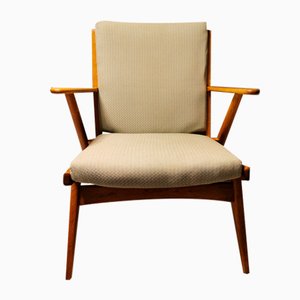

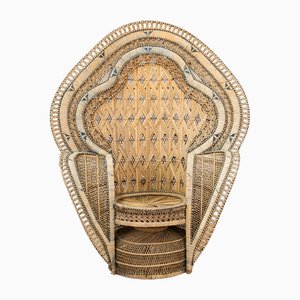


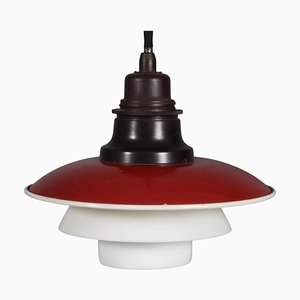

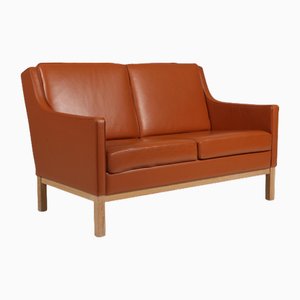

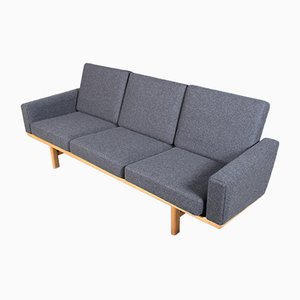
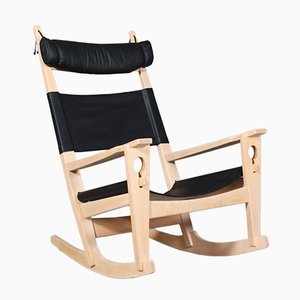

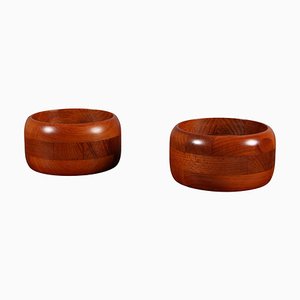
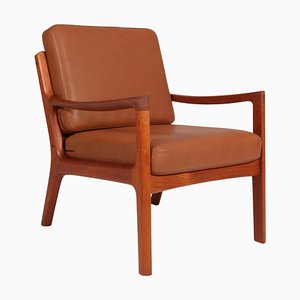
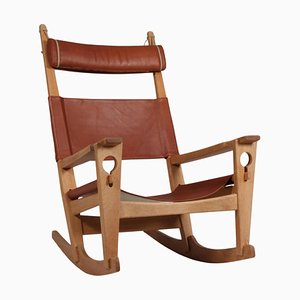
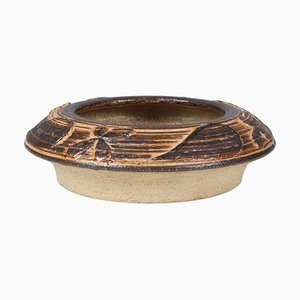
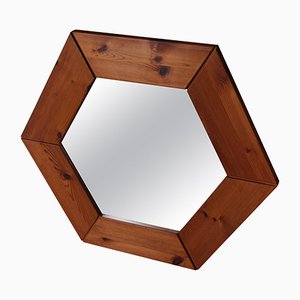
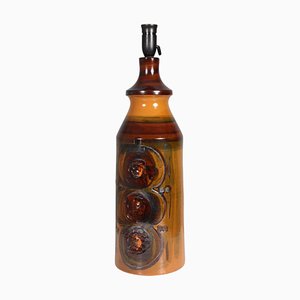
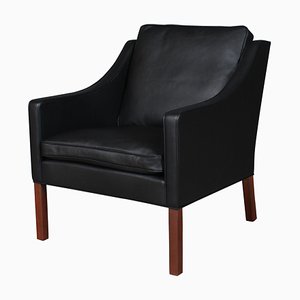

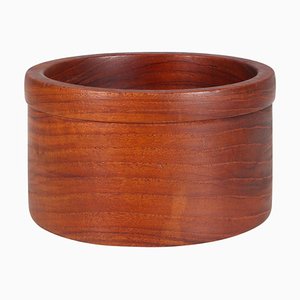
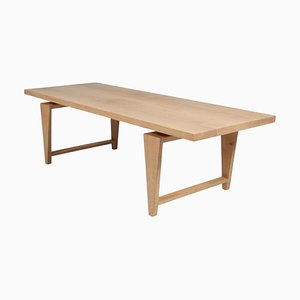
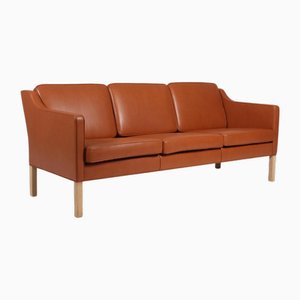
Contacta con nosotros
Haz una oferta
¡Hemos notado que eres nuevo en Pamono!
Por favor, acepta los Términos y condiciones y nuestra Política de privacidad
Contacta con nosotros
Haz una oferta
¡Ya casi está!
Para seguir la conversación en la plataforma, por favor completa el registro. Para proceder con tu oferta en la plataforma, por favor completa el registro.Exitoso
Gracias por tu consulta, alguien de nuestro equipo se pondrá en contacto contigo en breve.
Si eres profesional del diseño, por favor solicita aquí los beneficios del Programa comercial de Pamono